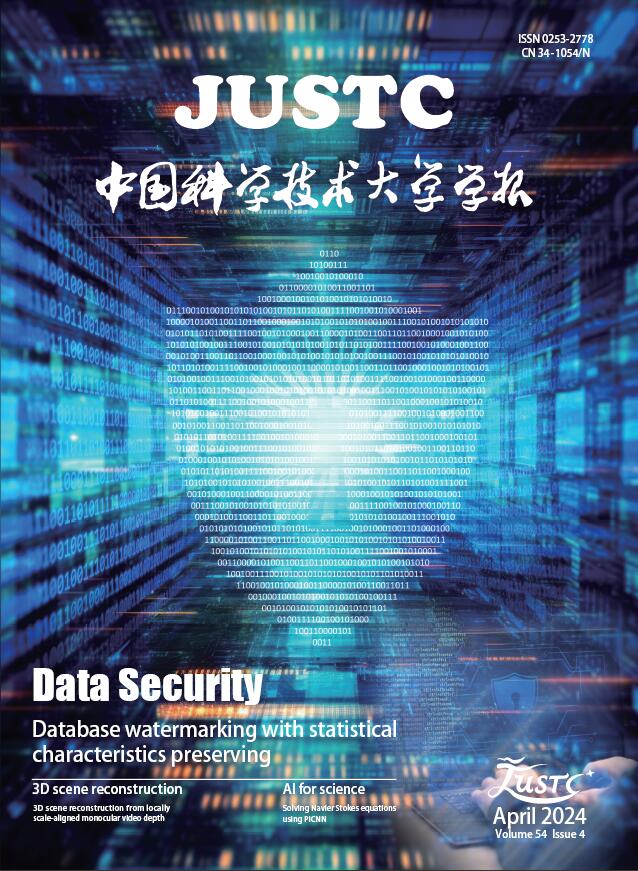2020 Vol. 50, No. 1
Display Method:
2020, 50(1): 1-10.
doi: 10.3969/j.issn.0253-2778.2020.01.001
Abstract:
2020, 50(1): 18-28.
doi: 10.3969/j.issn.0253-2778.2020.01.003
Abstract:
2020, 50(1): 49-56.
doi: 10.3969/j.issn.0253-2778.2020.01.06
Abstract:
2020, 50(1): 57-63.
doi: 10.3969/j.issn.0253-2778.2020.01.007
Abstract:
2020, 50(1): 79-85.
doi: 10.3969/j.issn.0253-2778.2020.01.010
Abstract:





